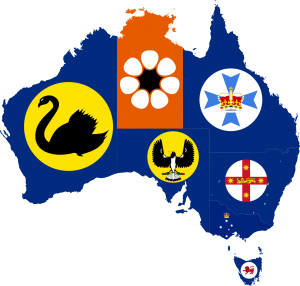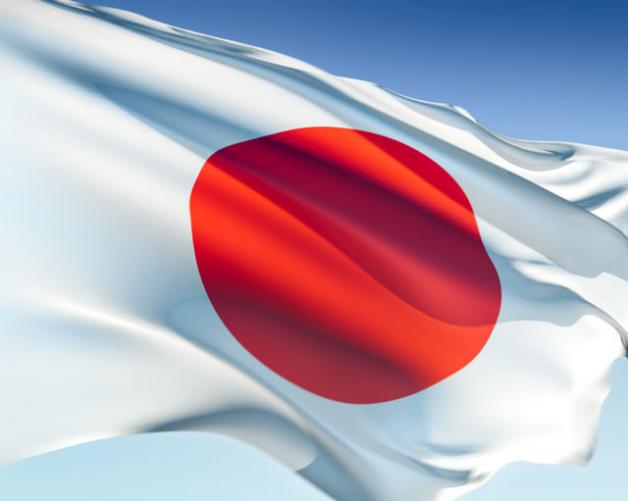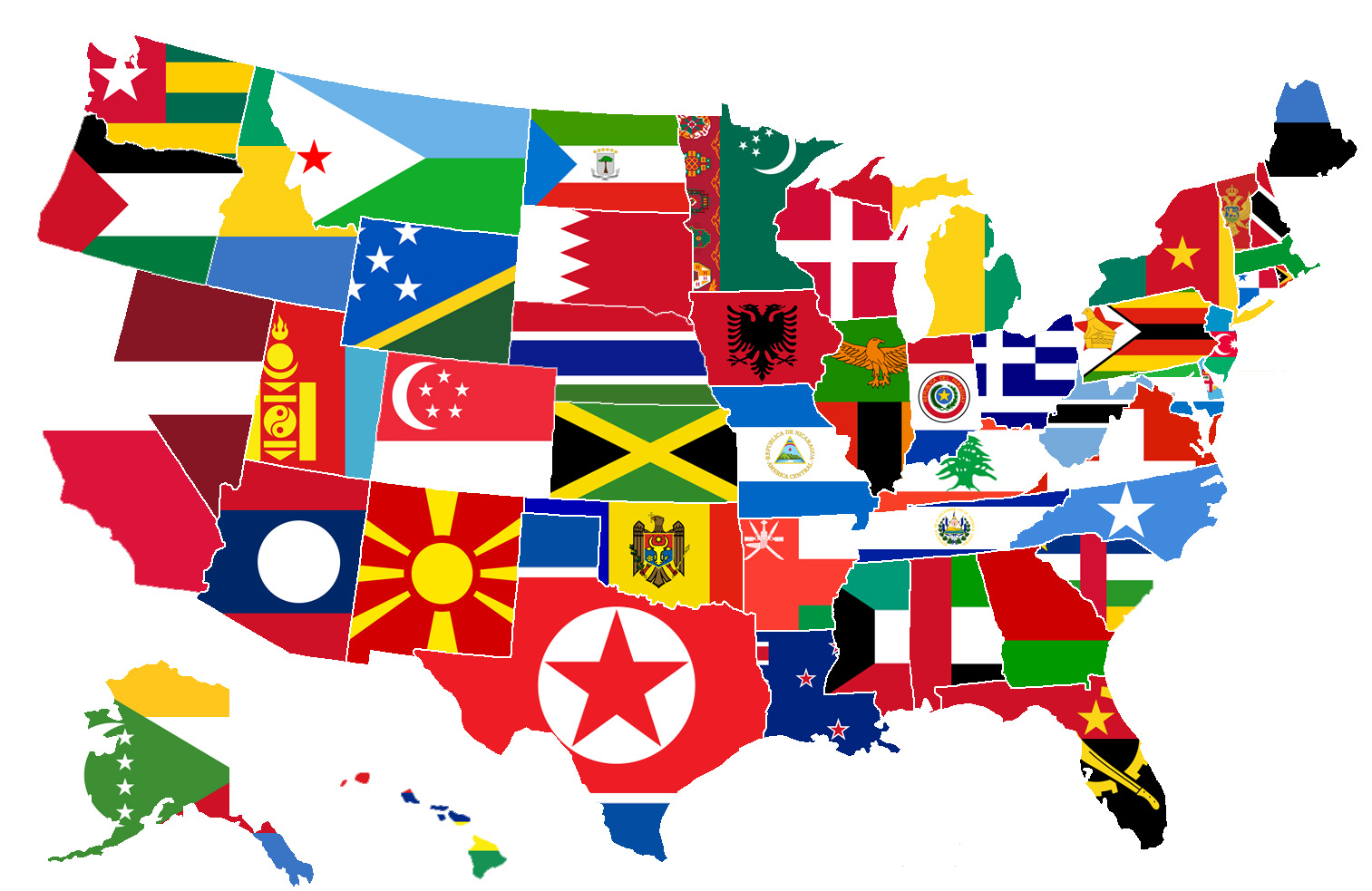Australia
 Australia is one of the countries where many students would want to continue their higher education and that is because the country has a considerable number of high ranking, top quality universities and colleges. The gates of Australia have been open to thousands of international students for many years and to them, this can be seen as a dream come true.
Australia is one of the countries where many students would want to continue their higher education and that is because the country has a considerable number of high ranking, top quality universities and colleges. The gates of Australia have been open to thousands of international students for many years and to them, this can be seen as a dream come true.
To enter the country, one will need to have a student visa. Getting that visa will require the individual to fulfill certain requirements. It is equally important that the person requesting for a visa conveys his intentions clearly. Failing to properly file the visa required documentation will result in the application getting rejected. In this article you will find key information that you need to know before even trying to apply for an Australian student visa.
General information for student visa
In Australia, there are 8 subclasses of student visa. They are:
- Independent ELICOS referred to as subclass 570 (For those taking English intensive courses)
- Schools referred to as subclass 571 (this includes visa for primary up to secondary schools)
- Vocational education and training (VET) (Subclass 572) for those looking for diploma and certificates
- Higher education (HE) (Subclass 573). This is what student looking for university degrees should apply for
- Postgraduate research (Subclass 574) ( this has to do with Masters and Doctoral degree)
- Non-award (Subclass 575) (A training that does not lead to a degree)
- AusAID or Defence (Subclass 576) visa obtained by students sponsored by the Australian Government
- Student Guardian (Subclass 580). A visa allowing a parent to follow his child to supervise him while studying in Australia.
The information provided in this article is supposed to help those who are interested in getting a visa to enter a university or college in Australia.
What you need to start the application for the higher education visa (subclass 573)
In some cases, applicants may be able to apply directly online on the website www.immi.gov.au. Whatever the case, they will need these documents.
- Application forms. You can get it from the website
- Your passport (should remain valid during the time you are going to spend in Australia)
- 2 ID pictures
- Overseas health insurance receipt
- Acceptance letter from your host university
- Confirmation of Enrollment Form (COE)
- Visa Application fee ($535 Australian)
- Documents showing you can support yourself within one year once in the country (you will need around AUD 18,610 to deal with the expenses in Australia each year)
Having something like a TOEFL or an IELTS can also help unless the applicant intends to take a course in English first in the country before taking the main course of study.
Keep in mind that to get your Confirmation of Enrollment Form from the university of your choice, you will have to make a deposit in advance with respect to your tuition fees. Also if you are applying online, the earliest time to apply will be 124 days before the course starts.
Online applications are usually processed much quicker and you can hope to get a response within some few weeks. But that also depends on the country you find yourself in. In average you can hope to get an answer 4 weeks after you applied.
Issues related to the assessment level
The department of immigration in Australia has designed an assessment system that allows it to determine the risk posed by each applicant based on the country of origin. There are 5 assessment levels. You can know the assessment level of your country by checking on this sheet from the www.immi.gov.au website. Keep in mind that the higher the assessment level of your country, the more difficult it is going to be to get the student visa. You are probably going to be requested many other documents to support your case compared to somebody living in a country with a lower assessment level.
By knowing the assessment level of your country you can now know exactly which other document you will need to provide.
Streamlined Student Visa Processing
Even though by default the Australian immigration office will review your application by taking note of the assessment level of your country of origin, there is a way to bypass the level of checking.
Under a different arrangement referred to as the Streamlined Student Visa Processing, the applicant will be considered as coming from a country with lower immigration risk and that is irrespective of the country of origin.
–Eligibility
To be eligible for a Streamlined Student Visa Processing you must get admitted by an Australian university taking part in that type of program. At the time you are applying for the visa you should provide Confirmation of Enrollment (CoE) from the university you got admitted to. Also keep in mind that is it only student taking a Bachelor, Masters or Doctoral degree that qualify for a streamlined visa. Those involved in a non-award exchange program can also be considered if they receive an invitation from participating universities. To know if the university you are interested in is participating in the streamlined program just look at this list.
With the streamlined visa you wouldn’t have to provide so many documents before you can be granted the visa.
Processing time
The processing time to get your student visa will depend on a number of things. The assessment level, the visa subclass and whether or not the you want to work part time. In most cases the applicant should get a response in the following 3 months. Streamlined visa processing is expected to go much faster than that.
Benefits of studying in Australia
Australia has the 3rd highest number on international students studying in the country. This is incredible considering the fact that it has a population of only 23 million. This can be explained by the fact that Australia has 7 of the top 100 universities in the world. Those willing to further their education in the country can choose between 22,000 courses spread across 1,100 institutions. Ranking eighth in the Universitas 2012 U21 Ranking of National Higher Education Systems, Australia is in a better position compared to Germany, the Netherlands and Japan.
The institutions in the country are as highly rated at the cities they find themselves in. Five of the 30 best cities in the world are found in Australia. The ranking is based on the level of student mix, quality of life, affordability and work environment. Since the government is providing over A$200 million every year in international scholarship, it shouldn’t be that difficult for a bright student to have a taste of the Australian education which will propel him into a brilliant career.
If you are looking for courses in areas that have to do with Life & Agricultural Sciences, Natural Sciences & Mathematics, Physics and Clinical Medicine & Pharmacy, Australia is one of the best country where you can study it.
There are now over 2.5 million international students that earned their degree from a university in Australia and this is not surprising considering the impressive education pedigree. Some of these students have made an impact in the environment where they found themselves in.
If there is any city in Australia you want to experience, think of Melbourne. It has a more cultured European feel and a crazy night life. The beaches are never too far. Sydney is for those who like fast cities, the cost of living is a bit higher over there. Brisbane is more laid back and spread out. Some refer to is as BrisVegas. On the weekend you can take a one hour car to get to the the Gold coast beaches and have fun.
Some of the universities you would want to try are










